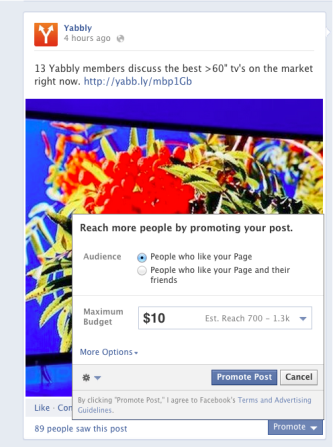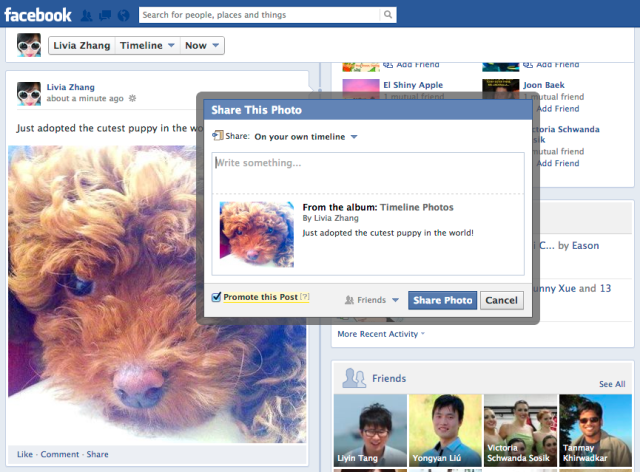What are the hottest jobs of 2014?
CareerBuilder teamed up with Economic Modeling Specialists Intl. (EMSI) to identify the occupations that grew by at least 7% from 2010 to 2013, are projected to grow in 2014, and pay at least $22 per hour.
"In addition to higher pay levels and solid growth rates, what many of these jobs have in common is a talent shortage," Matt Ferguson, CEO of CareerBuilder and co-author of the book "The Talent Equation," tells Business Insider. "Recruitment of skilled labor in specialized areas like information technology and health care has become highly competitive."
The list below, released on Thursday, reveals the jobs that are the fastest-growing, highest-paying for 2014:
Total employment in 2013: 1,042,402
Job growth from 2010 to 2013: 11%
Median hourly earnings: $45.06
Total employment in 2013: 438,095
Job growth from 2010 to 2013: 14%
Median hourly earnings: $29.10
What they do: Design and conduct training and development programs
Total employment in 2013: 231,898
Job growth from 2010 to 2013: 8%
Median hourly earnings: $27.14
Total employment in 2013: 247,159
Job growth from 2010 to 2013: 7%
Median hourly earnings: $37.34
Total employment in 2013: 207,132
Job growth from 2010 to 2013: 7%
Median hourly earnings: $37.93
What they do: Create websites and help companies build a brand
Total employment in 2013: 136,921
Job growth from 2010 to 2013: 11%
Median hourly earnings: $27.84
What they do: Analyze and coordinate the supply chain organization
Total employment in 2013: 127,892
Job growth from 2010 to 2013: 10%
Median hourly earnings: $35.08
What they do: Use software to store and organize data, such as financial information and customer shipping records
Total employment in 2013: 119,676
Job growth from 2010 to 2013: 10%
Median hourly earnings: $37.39
What they do: Coordinate meetings and events
Total employment in 2013: 87,082
Job growth from 2010 to 2013: 14%
Median hourly earnings: $22.56
What they do: Convert information from one language to another
Total employment in 2013: 69,887
Job growth from 2010 to 2013: 14%
Median hourly earnings: $22.39
What they do: Design and develop methods for extracting oil and gas from deposits below the earth's surface
Total employment in 2013: 40,733
Job growth from 2010 to 2013: 21%
Median hourly earnings: $63.67
12. Information Security Analysts What they do: Plan, implement, upgrade, or monitor security measures for the protection of computer networks and information
Total employment in 2013: 75,995
Job growth from 2010 to 2013: 8%
Median hourly earnings: $41.62
EMSI data is collected from more than 90 federal and state sources, such as the U.S. Bureau of Labor Statistics, the U.S. Census Bureau, and state labor departments.
Article Source : http://www.businessinsider.in/12-Fast-Growing-High-Paying-Jobs-In-2014/articleshow/27252175.cms
CareerBuilder teamed up with Economic Modeling Specialists Intl. (EMSI) to identify the occupations that grew by at least 7% from 2010 to 2013, are projected to grow in 2014, and pay at least $22 per hour.
"In addition to higher pay levels and solid growth rates, what many of these jobs have in common is a talent shortage," Matt Ferguson, CEO of CareerBuilder and co-author of the book "The Talent Equation," tells Business Insider. "Recruitment of skilled labor in specialized areas like information technology and health care has become highly competitive."
The list below, released on Thursday, reveals the jobs that are the fastest-growing, highest-paying for 2014:
1. Software Developers, Applications and Systems Software
What they do: Design computer programsTotal employment in 2013: 1,042,402
Job growth from 2010 to 2013: 11%
Median hourly earnings: $45.06
2. Market Research Analysts and Marketing Specialists
What they do: Study market conditions in local, regional, or national areasTotal employment in 2013: 438,095
Job growth from 2010 to 2013: 14%
Median hourly earnings: $29.10
3. Training and Development Specialists
What they do: Design and conduct training and development programsTotal employment in 2013: 231,898
Job growth from 2010 to 2013: 8%
Median hourly earnings: $27.14
4. Financial Analysts
What they do: Assess the performance of stocks, bonds, and other types of investmentsTotal employment in 2013: 247,159
Job growth from 2010 to 2013: 7%
Median hourly earnings: $37.34
5. Physical Therapists
What they do: Help patients who have injuries or illnesses manage their painTotal employment in 2013: 207,132
Job growth from 2010 to 2013: 7%
Median hourly earnings: $37.93
6. Web Developers
What they do: Create websites and help companies build a brandTotal employment in 2013: 136,921
Job growth from 2010 to 2013: 11%
Median hourly earnings: $27.84
7. Logisticians
What they do: Analyze and coordinate the supply chain organizationTotal employment in 2013: 127,892
Job growth from 2010 to 2013: 10%
Median hourly earnings: $35.08
8. Database Administrators
What they do: Use software to store and organize data, such as financial information and customer shipping records Total employment in 2013: 119,676
Job growth from 2010 to 2013: 10%
Median hourly earnings: $37.39
9. Meeting, Convention and Event Planners
What they do: Coordinate meetings and eventsTotal employment in 2013: 87,082
Job growth from 2010 to 2013: 14%
Median hourly earnings: $22.56
10. Interpreters and Translators
What they do: Convert information from one language to anotherTotal employment in 2013: 69,887
Job growth from 2010 to 2013: 14%
Median hourly earnings: $22.39
11. Petroleum Engineers
What they do: Design and develop methods for extracting oil and gas from deposits below the earth's surfaceTotal employment in 2013: 40,733
Job growth from 2010 to 2013: 21%
Median hourly earnings: $63.67
Total employment in 2013: 75,995
Job growth from 2010 to 2013: 8%
Median hourly earnings: $41.62
EMSI data is collected from more than 90 federal and state sources, such as the U.S. Bureau of Labor Statistics, the U.S. Census Bureau, and state labor departments.
Article Source : http://www.businessinsider.in/12-Fast-Growing-High-Paying-Jobs-In-2014/articleshow/27252175.cms
 Original Source :http://techcrunch.com/2013/02/17/social-media-statistics-2012/
Original Source :http://techcrunch.com/2013/02/17/social-media-statistics-2012/



 Now
you can do the same for friends’ posts, or at least you’ll be able to
soon. A gradual global roll-out for the feature is starting now, and
it’s only available to people with fewer than 5,000 total friends and
subscribers.
Now
you can do the same for friends’ posts, or at least you’ll be able to
soon. A gradual global roll-out for the feature is starting now, and
it’s only available to people with fewer than 5,000 total friends and
subscribers.









